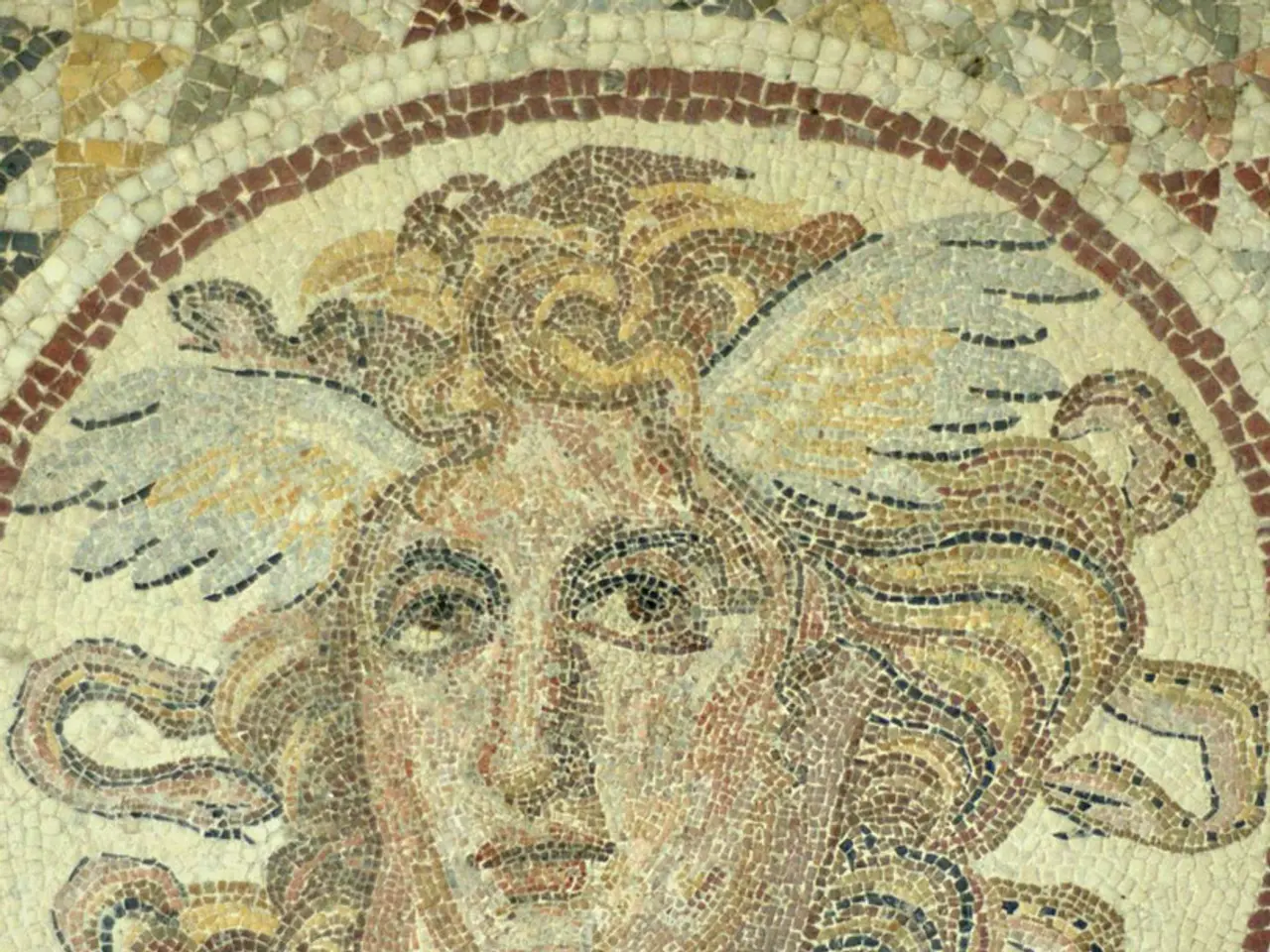Methods for Creating Stunning Pottery through Underglaze Techniques: A Guide to Well-Loved Pottery Crafting
In the realm of ceramic art, underglaze techniques have emerged as a captivating means to elevate pottery and ceramics beyond simple decoration. These innovative methods, detailed below, allow artists to create sophisticated, multi-layered artwork that is both visually striking and tactilely engaging.
One of the most intriguing techniques is layering and blending underglaze colours, which involves applying multiple thin layers of different hues to create complex shades and smooth transitions, resulting in painterly effects and depth in design. Integrating underglaze with other glazing techniques, such as wax resist, sgraffito (scratching through layers), or overglaze decoration, can produce intricate textures and multi-dimensional surface effects.
The use of underglaze pencils and pens enables fine lines and detailed drawing on ceramics before firing, making it ideal for precise designs that traditional brushes cannot achieve. Spraying underglaze offers uniform coverage and can be used for gradient effects or large-scale application, providing a different texture than brushing. Wax resist with underglaze allows selective areas to remain uncolored or protected, creating striking contrasts and patterns.
Texture creation with tools like sponges or stiff brushes can add tactile and visual texture beyond flat painting, enhancing the ceramic’s dimensionality. These advanced methods enable ceramic artists to push the expressive potential of underglaze, resulting in awe-inspiring works of art.
For those inspired to embark on their own underglaze ceramics journey, a variety of projects await. Consider creating coasters, personalized mugs, decorative plates, plant pots, wall hangings, jewelry, seasonal ornaments, and functional art. To get started, essential equipment includes high-quality underglazes, brushes, a palette, and bisque-fired pottery.
Underglazes come in various forms, such as liquid, powder, and pencil or crayon-like applications. After underglaze drying and firing, a compatible clear glaze should be applied for protection. The firing process is crucial, and tips include using the right kiln temperature, employing a kiln wash or shelf paper, and protecting the kiln shelves.
Applying underglaze involves preparing the workspace, cleaning the pottery, mixing the underglaze, testing colour application, applying a base coat, adding designs and details, layering for depth, touch-up, letting it dry completely, and firing in a kiln. Finer brushes are useful for sharp lines and detailed work, while a palette knife can help mix colours and sponges create soft textures.
After the final firing, following the glaze manufacturer's instructions, remove excess glaze from the bottom to prevent sticking to the kiln shelf. Arrange pieces with space for improved air flow and heat distribution. Testing materials before use can help understand their reactions during the firing process and prevent unwanted surprises.
Fire at a slow rate, as a gradual increase in kiln temperature reduces the risk of cracks or warping. Underglaze ceramics involve applying coloured slips to pottery before a final glaze, creating intricate designs that are sealed beneath the transparent final glaze. Ready-made underglazes offer consistent results, while custom mixing powders provide a broader range of shades and personalization.
Choosing the right materials is essential for vibrant colours and long-lasting finishes. Techniques like sgraffito, wax resist, stenciling, splattering, inlay colour, and layering different colours can enhance underglaze designs. Monitor the kiln using a pyrometer or digital kilns with built-in programs and monitoring. Compatibility of underglazes with the final clear glaze is crucial to prevent peeling or flaking.
In conclusion, the world of advanced underglaze ceramics offers a wealth of creative possibilities for artists and enthusiasts alike. By mastering these techniques and exploring various projects, one can create truly unique and captivating works of art.
1.Incorporating underglaze techniques into home-and-garden decor can result in striking coasters, personalized mugs, or decorative plates that elevate lifestyle through their sophisticated, multi-layered artwork and tactilely engaging surfaces.
- The application of underglazes in home-and-garden ceramics enables artists to create intricate textures using tools like sponges or stiff brushes, resulting in visually striking and tactilely engaging pieces that enhance the home-and-garden styles with their dimensionality.




